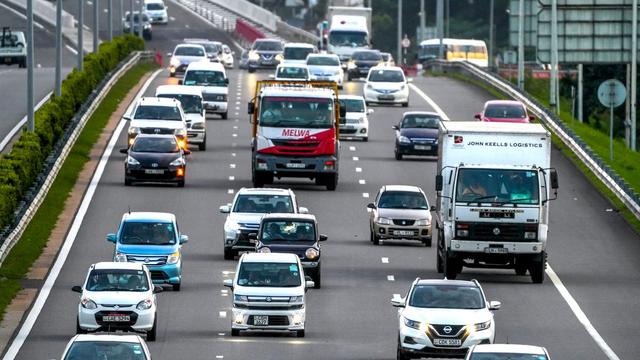Edit to note that this is apparently 78% of microplastics *from specific sources, including textiles and personal care products*, which is only 11% of total microplastics.
So about 8% of total microplastics is directly from car tires.
RT @jme_pew Turns out “microplastics” isn’t descriptive enough. We should be panicking about *tire dust.*
“Seventy-eight percent of ocean microplastics are synthetic tire rubber, according to a report by the Pew Charitable Trust.”
https://e360.yale.edu/features/tire-pollution-toxic-chemicals

Road Hazard: Evidence Mounts on Toxic Pollution from Tires
Researchers are only beginning to uncover the toxic cocktail of chemicals, microplastics, and heavy metals hidden in car and truck tires. But experts say these tire emissions are a significant source of air and water pollution and may be affecting humans as well as wildlife.


